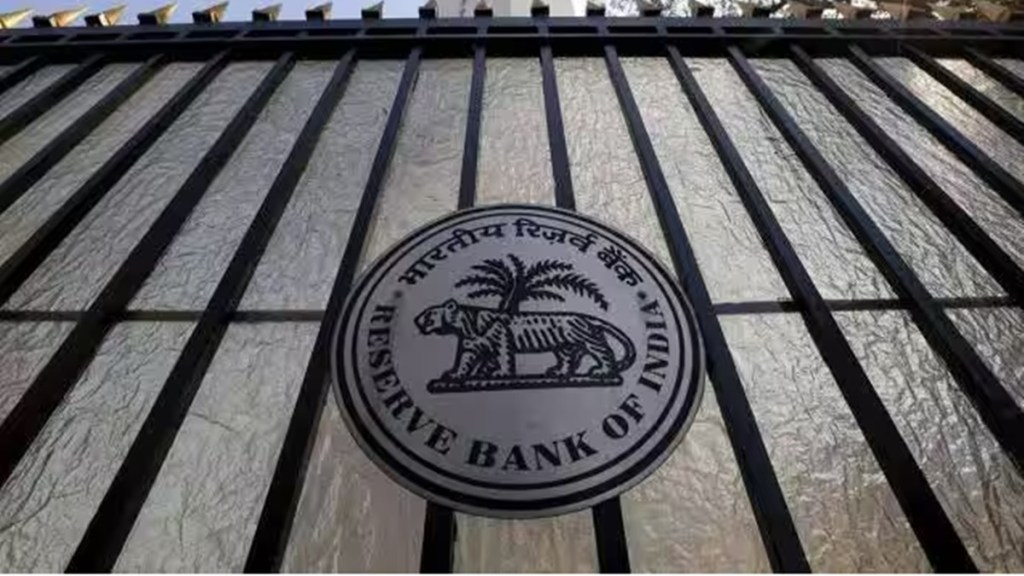Banks are going slow on accepting green deposits. While one of the prime reasons for this is paucity of projects, experts say that there is a lack of clarity over operational aspects of the Reserve Bank of India (RBI) green deposit guidelines.
A limited understanding of the risks involved in green finance has also kept banks on the sidelines.
“I think the first challenge (for green finance) is the asset itself because there are limited means of creating those assets,” said Kotak Mahindra Bank deputy managing director Dipak Gupta. He added that one cannot create a risky asset which is green because you hope to get more deposits.While the latest framework cover a wide range of sectors, banks are largely sticking to renewables as they currently lack underwriting processes to lend to other sectors. In order to deepen green finance in India, experts feel that the banking industry must bring forth guidelines on how to underwrite for a wider range of projects.
“While the underwriting teams of banks understand the risks and payoff involved in renewable energy projects, there is a lack of clarity on how to underwrite projects in these other sectors,” said Ajay Sirikonda, leader, financial services risk management, EY India, adding that banks will have to undergo a lot of capacity building to finance these projects.
While financing green projects, lenders are required to do an end-use assessment and ensure that the said project is indeed “green”. Additionally, they must assess the impact of the loans given.
Given the costs involved in green financing, a lower interest rate on these deposits will incentivise banks to finance more such projects. Here, an interest rate differential of 10-20 basis on green deposits would be helpful, say experts.
“Borrowers of ‘green’ businesses would want a lower interest rate than what is offered to a normal company,” Bhavik Hathi, managing director, Alvarez and Marsal said.
“This would mean the lender would either have to offer lower interest rates to the depositor or the government will have to provide subvention to the lender to maintain their margins,” he added.
Green deposit works just like a normal fixed deposit and earns a fixed rate of interest for the entire tenure. HDFC Bank offers 7.45% on green deposits of 33 months and 7.55% on 66 months.
However, the usage of the deposit is the differentiator. Banks need to use it to basically fund green projects and activities.
In April, the RBI released a framework for acceptance of green deposits with an aim to encourage lenders to offer green deposits to customers and help increase the flow of credit to green projects.
The allocation of proceeds from these deposits must be utilised for renewable energy projects like solar, wind, biomass and hydropower projects.
The funds may also be utilised to design and construct energy-efficient and energy-saving systems and installations, projects promoting electrification of transportation and water efficient irrigation systems.
The guidelines were effective from June 1. They came at a time when the RBI has urged lenders to bring environmental, social and governance standards into their decision-making processes.
The clamour for green finance has coincided with prime minister Narendra Modi’s recent pledge to bring India’s emissions down to net zero by 2070. While the green deposit framework attracted fanfare, it has lacked clarity on some operational aspects.
In the recent post-earnings conference call, Bank of India managing director and chief executive officer Rajneesh Karnatak noted that the bank is awaiting detailed guidelines on green deposits that specifies the processes for auditing and certification.
Broadly, green finance tends to carry the risk of ‘green washing’, which brings challenges relating to the utilisation of funds to the fore.

